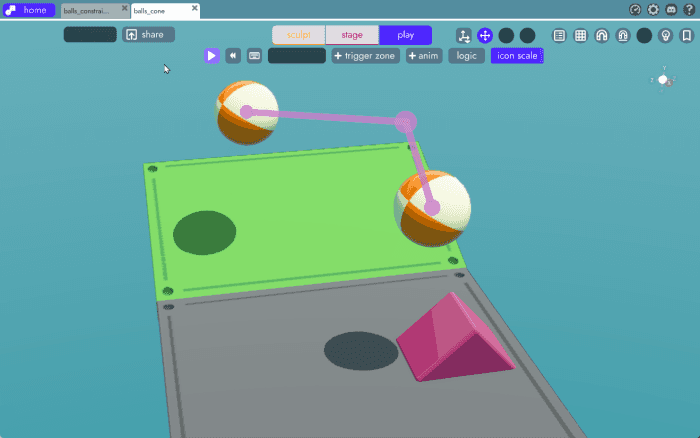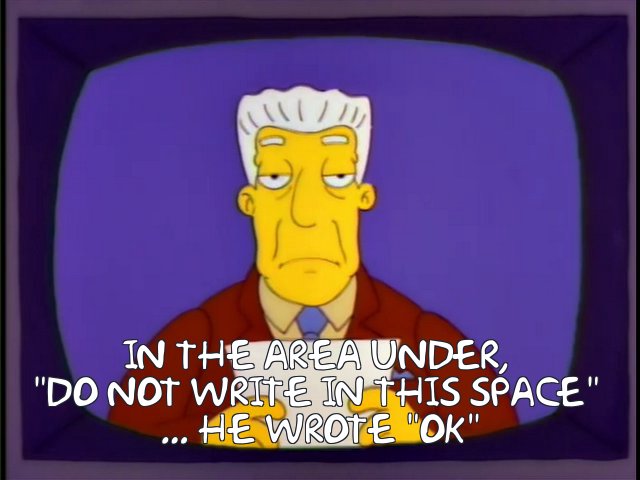Point
Info
This article covers the behavior and properties of this particular constraint. For instructions on how to add constraints to your project and connect them to physics objects, see the Physics Constraints Overview article.
Behavior
The Point Constraint is like a ball-and-socket joint—it lets two objects stay connected at a point, but still rotate freely around that point. It holds two objects together at a specific point, but allows them to spin or wing freely around it. Think of it as a connector without a hinge—they stay attached but can freely rotate.

Point constraints are good for things like chains, rag-dolls, or pendulums where parts need to move but stay linked. To make a chain, use a series of point constraints, anchoring one or both ends to form a rope or chain.
Tip
For a similar constraint that offers additional properties, check out the Hinge Constraint
Properties
The point constraint has no special properties.

Success
Learn about the next type of constraint, Cone Constraints.